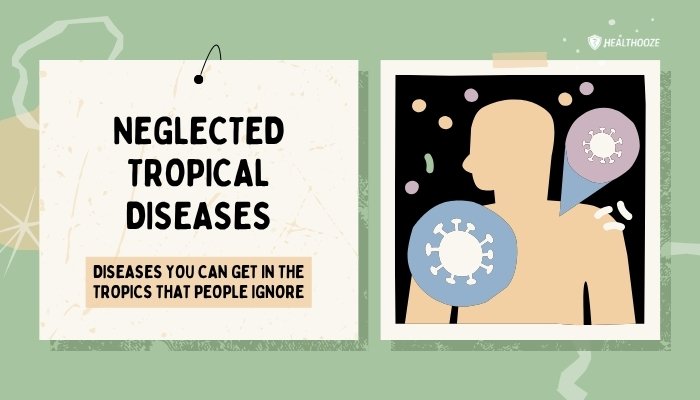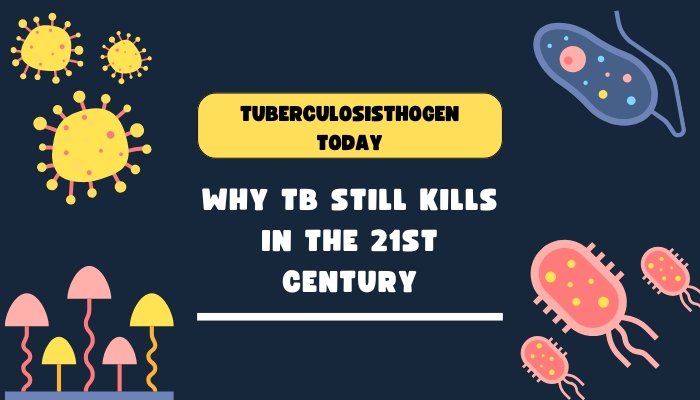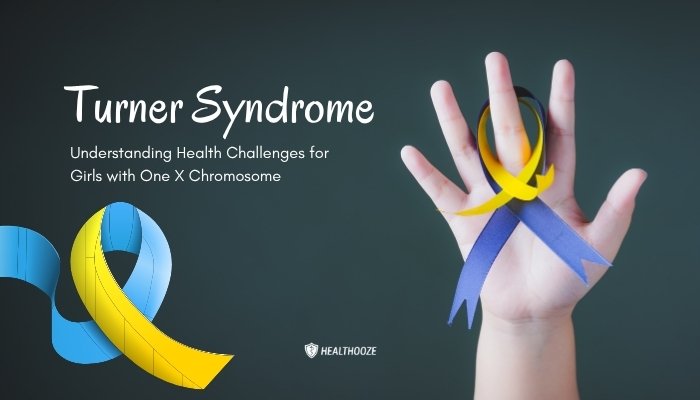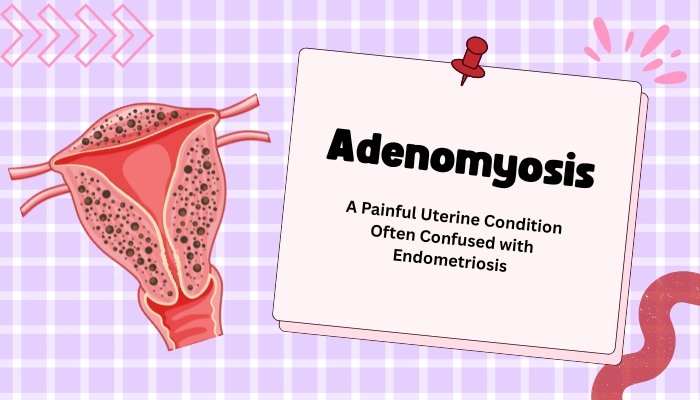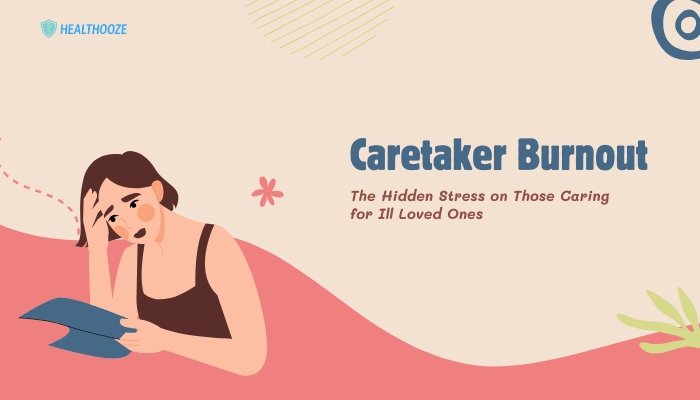Introduction
In many parts of the world, especially tropical and subtropical regions, millions of people suffer from infectious conditions that remain largely underreported and underfunded. These illnesses—collectively known as Neglected Tropical Diseases (NTDs)—include a wide range of parasitic, viral, and bacterial diseases rarely spotlighted in mainstream healthcare discussions despite their immense social and economic toll.
“Neglected” not only denotes insufficient global attention and funding but also reflects the minimal coverage in media or public awareness campaigns compared to higher-profile ailments like HIV/AIDS or malaria.
This article provides an overview of NTDs, examining key examples, why they’re often overlooked, and what current strategies aim to control or eliminate them.
By understanding the ways NTDs trap communities in cycles of poverty and ill-health, stakeholders can better advocate for increased resources, effective interventions, and policy changes that transform the future for affected populations.
What Are Neglected Tropical Diseases?
Defining NTDs
Neglected Tropical Diseases form a group of around 20 conditions recognized by the World Health Organization (WHO) as especially prevalent in tropical and subtropical areas, typically under conditions of poverty, inadequate sanitation, and limited healthcare infrastructure. They cause disability, blindness, malnutrition, social stigmatization, and, in some cases, death if untreated. Key features include:
- Chronic Impact: Many linger for years, damaging organs or mental well-being.
- Poverty Link: Inadequate water, poor hygiene, and close proximity to vectors like mosquitoes or flies reinforce transmission.
- Low Investment: Development of diagnostics or treatments lags behind more publicized diseases.
Common Examples
- Schistosomiasis (Bilharzia): Caused by parasitic worms living in freshwater snails; repeated infections damage the liver, intestines, or urinary tract.
- Lymphatic Filariasis (Elephantiasis): Transmitted by mosquitoes carrying filarial parasites; leads to severe limb swelling and disability.
- Onchocerciasis (River Blindness): A parasitic infection from blackfly bites, often resulting in irreversible blindness if untreated.
- Human African Trypanosomiasis (Sleeping Sickness): Spread by tsetse flies in sub-Saharan Africa, it attacks the central nervous system, causing extreme fatigue, confusion, and possible death.
- Dengue: A viral illness transmitted by Aedes mosquitoes, causing fever, joint pains, and in severe forms, life-threatening hemorrhage.
Some NTDs also have a foothold in southern parts of high-income nations, e.g., southwestern US border regions, further complicating the notion that they are exclusively “developing world” issues.
Why Are NTDs Ignored?
Minimal Visibility and Political Will
- Lack of Public Outcry: Communities afflicted by these diseases often have lower socioeconomic status, less political representation, and limited media coverage.
- Competing Health Priorities: Policymakers and donors often focus on more visible pandemics like COVID-19 or high-fatality diseases like Ebola, overshadowing NTD initiatives.
- Limited Patient Advocacy: Stigmatizing conditions (like leprosy or severe skin manifestations) may deter individuals from speaking out, further reducing awareness.
Chronic, Non-Fatal Nature
Many NTDs develop gradually, leading to disfigurement or disability rather than rapid death. Although deeply destructive to quality of life, such slower progression does not typically trigger the same level of urgency among funding agencies or philanthropic organizations.
Incomplete Data and Reporting
In regions lacking robust surveillance systems, patients with diseases like yaws or trachoma may never formally enter national health statistics. Without clear incidence data, setting priorities or measuring outcomes remains difficult.
Health and Economic Consequences
Lifelong Disability
- Physical Deformities: Elephantiasis (due to lymphatic filariasis) can severely hamper mobility; onchocerciasis causes blindness, restricting productivity.
- Chronic Pain and Fatigue: Schistosomiasis or leprosy can lead to continuous physical discomfort, limiting day-to-day tasks.
Impact on Education and Livelihood
- School Attendance: Children with recurrent parasitic infections might miss school days, hampering literacy and progress.
- Workforce Productivity: Adults dealing with chronic illness are less able to work consistently, fueling poverty cycles.
Social Stigma and Isolation
- Labeling: Disfiguring conditions (e.g., skin lesions from leprosy) can invite community shunning or social marginalization.
- Mental Health Strain: Anxiety, depression, or hopelessness arise from dealing with the physical and social burden of an NTD, especially with scarce supportive resources.
Strategies for Control and Elimination
Mass Drug Administration (MDA)
- Preventive Chemotherapy: WHO-endorsed campaigns supply broad-spectrum medications to entire at-risk populations.
- Success Stories: Lymphatic filariasis and onchocerciasis have seen sharp declines in multiple countries thanks to persistent MDA programs.
Vector Management
- Mosquito Control: Indoor residual spraying or insecticide-treated nets reduce malaria and dengue vectors.
- Blackfly Eradication: Controlling the river-breeding blackflies (which spread onchocerciasis) is vital in some African regions.
- Integrated Pest Efforts: Encouraging improved sanitation to limit breeding of flies or snails that carry parasites.
Diagnostics and Novel Treatments
- Rapid Diagnostic Tests: Innovations enabling point-of-care identification of neglected infections without requiring advanced labs.
- Drug Development: Ongoing partnerships (e.g., philanthropic organizations with pharmaceutical companies) provide free medications or impetus for new drug R&D.
- Vaccines: While not widely available for most NTDs, research is ongoing (e.g., dengue vaccine programs are slowly rolling out in some countries).
Breaking the Cycle of Neglect
Grassroots Advocacy
Local health workers, NGOs, and survivors can highlight the scale of disease burden, fostering community-driven solutions like sanitation improvements or vector awareness. These real-life narratives add compelling pressure for policy changes.
Government Partnerships and Funding
- National Roadmaps: Some nations implement strategies covering a suite of NTDs, with timelines for achieving prevalence reduction or elimination.
- Global Donor Involvement: Organizations such as the Bill & Melinda Gates Foundation or philanthropic arms of major pharma companies support free drug distribution or specialized research initiatives.
Education and Collaboration
- Cross-Disciplinary Data: Partnerships among entomologists, infectious disease specialists, anthropologists, and local communities yield more sustainable, culturally relevant interventions.
- Health Literacy: Empowering schools or local radio to clarify disease transmission and prevention fosters stable community vigilance.
Advice for Travelers and Residents
Precautions in Tropical Areas
- Mosquito Protection: Use repellents (DEET, picaridin), bed nets, and clothing covering exposed skin.
- Safe Water: Avoid swimming in potentially infected freshwater or wear protective gear. Drink boiled or filtered water if uncertain of purity.
- Hygiene and Footwear: Schistosomiasis or soil-transmitted helminths can penetrate skin; wearing shoes and washing hands regularly helps reduce risk.
Early Detection and Care
- Consult Healthcare: If you develop persistent fevers, itching, digestive troubles, or lumps in the tropics or after returning, see a physician.
- Accurate Diagnosis: Inform doctors of travel history or living conditions to expedite proper lab tests for less common diseases.
Conclusion
Neglected tropical diseases epitomize the disparity in global health priorities—hundreds of millions endure afflictions that, while preventable or treatable, receive insufficient resources or attention. This oversight carries severe economic and social fallout for vulnerable communities, entrenching cycles of poverty and ill-health. Yet, with the continuing success of mass drug administration programs, expanding research alliances, and global donor engagement, tangible progress emerges for many NTDs.
Ultimately, confronting these “diseases you can get in the tropics” demands bridging knowledge gaps, intensifying surveillance, and ensuring equitable distribution of modern prevention and treatment methods. By raising awareness and mobilizing community leadership, we can deliver on the promise of drastically reducing the burden of these conditions, ensuring that living in the tropics does not equate to silently enduring neglected diseases.
References
-
- http://www.who.int/neglected_diseases
-
- https://www.cdc.gov/globalhealth/ntd
-
- Hotez PJ, Fenwick A, Savioli L, et al. Rescuing the bottom billion through control of neglected tropical diseases. Lancet. 2009.
-
- Molyneux DH, Aboe A, Isiyaku S, et al. Community directed interventions for NTDs and health systems strengthening. Trop Med Int Health. 2014.
-
- http://unitingtocombatntds.org/

